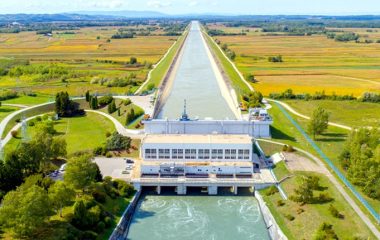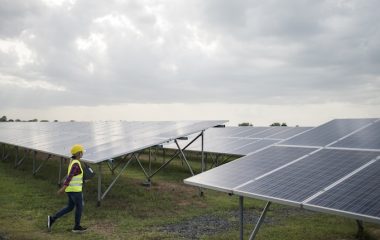Digi24 television reported that after an EUR 8 million investment, the second renewable energy research laboratory in Europe was recently completed in Timişoara in western Romania.
The researchers are looking for the best way to use solar energy, which they say will ensure the world’s future, according to an article by Romania-Insider. The lab has more than 20 next-generation devices, brought in from the Netherlands, the United States, Israel, Germany, Italy and the United Kingdom. The facility also has a microscope, unique in Eastern Europe, which allows image capture at an atomic level. Only Poland has a laboratory with the same performance.
The system belongs to the National Research Institute for Electrochemistry and Condensed Matter. The building that hosts the laboratory is energy efficient, as it produces its own electricity through solar panels on the roof, the article said.



















